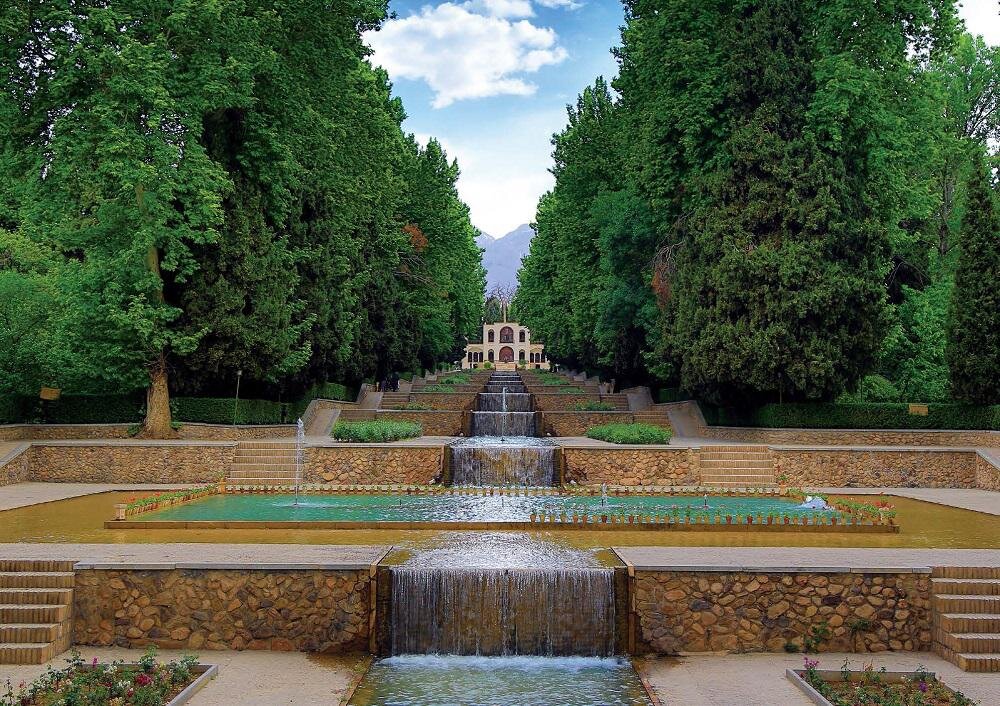UNESCO-designated garden to find its pools dredged

TEHRAN – A dredging project is planned to be commenced on the pools of the UNESCO-tagged Shazdeh Garden, which is an enigmatic green oasis in the heart of a harsh desert in the southern Kerman province, the director of the World Heritage site has announced.
“The garden’s pools are dredged twice a year, and this project has different stages, which are completed at the end of the project by opening the fountains and re-watering the pools”, Fuzieh Farahbakhsh said on Wednesday.
The water in the garden is supplied by the Tigran qanat through the year, which is itself sourced from the Jupar mountains, she added.
When the pools are being dredged, the water is diverted to diversion canals, the official explained.
Many visitors consider Shazdeh Garden as a miracle because of its location. It is claimed to be one of the biggest and most beautiful gardens in the semi-arid country.
The garden was constructed under the command of Mohammad Hassan Khan, the ruler of Kerman during the Qajar era (1789–1925). Apart from the beauties of the garden, two-storey mansions in the western and eastern parts of the garden perfectly represent Persian architecture. The main material used in them is brick and the art of tiling is easy to recognize.
In 2011, a selection of nine Iranian gardens, including Shazdeh Garden, which bears important architectural, traditional, and cultural elements, were collectively inscribed on the UNESCO World Heritage list under the title of “The Persian Garden.”
One outstanding feature of Persian gardens is the arrangement of a pond in the center of the structure. The dance of fountains in the middle of Shazdeh Garden has given an admirable view to it that leaves everyone in wonder and appreciation.
For millennia, Iranian gardens have combined the magic of nature with the aesthetic qualities of art and architecture to create a symbolic representation of paradise on Earth.
The genuine concept of the Persian Garden that is deeply rooted in time interweaves natural elements with manmade components to embody an idea of creating a paradise on Earth by the means of artistic, philosophical, figurative, and religious notions.
UNESCO says the flawless design of the Persian Garden, along with its ability to respond to extreme climatic conditions, is the result of an inspired and intelligent application of different fields of knowledge, i.e. technology, water management and engineering, architecture, botany, and agriculture.
Big and sprawling Kerman province is something of a cultural melting pot, blending various regional cultures over time. It is also home to rich tourist spots and historical sites including bazaars, mosques, caravanserais, and ruins of ancient urban areas.
Kerman province is bounded by the provinces of Fars on the west, Yazd on the north, South Khorasan on the northeast, Sistan-Baluchestan on the east, and Hormozgan on the south. It includes the southern part of the central Iranian desert, the Dasht-e Lut.
ABU/AFM
